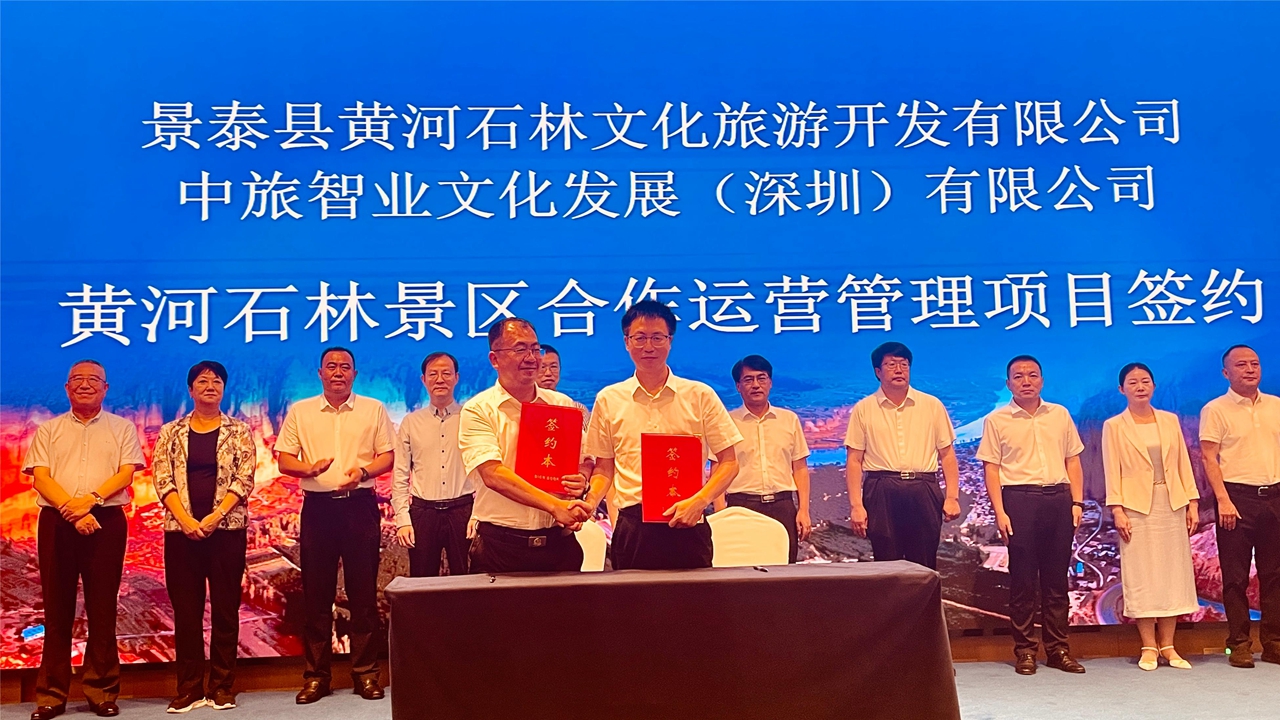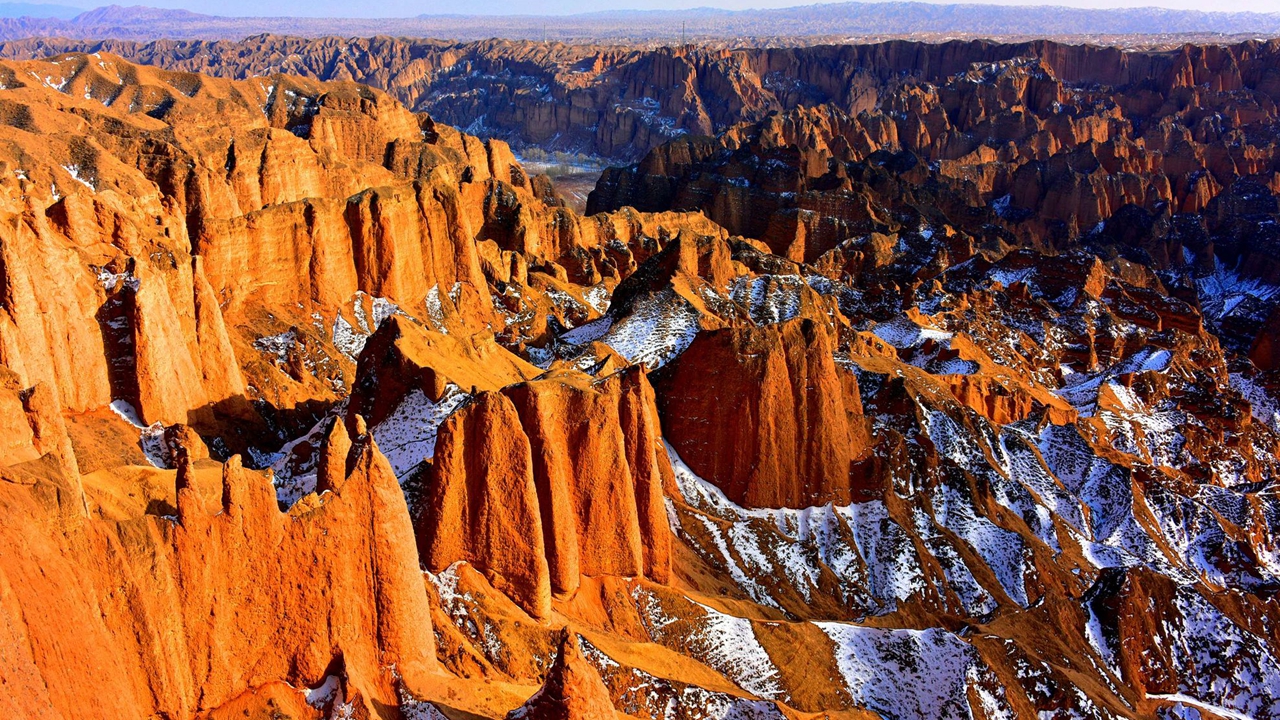Jingtai seeks tourism management wisdom from Shenzhen firm
Writer: Chang Zhipeng | Editor: Zhang Chanwen | From: Original | Updated: 2024-06-21
Jingtai, a county in Baiyin in northwestern China’s Gansu Province, inked a strategic cooperation agreement with China Travel Intelligence Culture Development (Shenzhen) Co. Wednesday in Nanshan during a press conference.
The goal of this partnership is to make full use of China Travel Intelligence’s mature and advanced tourism management expertise and operational practices to boost the tourism sector of Jingtai, which is renowned for the Yellow River Stone Forest National Geopark.

Representatives of tourism companies from Jingtai and Shenzhen exchange handshakes after signing contracts.
Courtesy of China Travel Intelligence Culture Development (Shenzhen) Co. Ltd.
Zhou Yujing, the head of the Publicity Department of Jingtai, proudly presented the rich historical culture and breathtaking stone forest landscapes of Jingtai to the attendees during the press conference.
In Jingtai, the cultural influences of the Silk Road, the Great Wall, the Yellow River, and the ancient ferry blend harmoniously, creating a unique and vibrant tapestry, according to Zhou.
A multitude of diverse landscapes, such as the Great Wall, the Yellow River, the stone forest, ancient castles, wetlands, deserts, forests, and oases, are all easily visible within the Yellow River Stone Forest National Geopark.

A view of the Yellow River Stone Forest National Geopark. File photo
At the heart of this scenic area lies the ancient stone forest group, shaped within 2.1-million-year-old sand and gravel rock layers. The interplay of neotectonic movements, rain erosion, and gravitational collapses has given rise to numerous cliffs, towering between 80 and 200 meters, featuring peak forests and peaks.
The scenic area prominently features purely natural, spectacular structures and multi-layered geological formations, exuding a primitive charm characterized by grandeur, uniqueness, danger, antiquity, wilderness, and seclusion.
It authentically embodies the rugged, grand, simple, and profound essence of China’s western region, captivating visitors and leaving them spellbound and reluctant to depart.